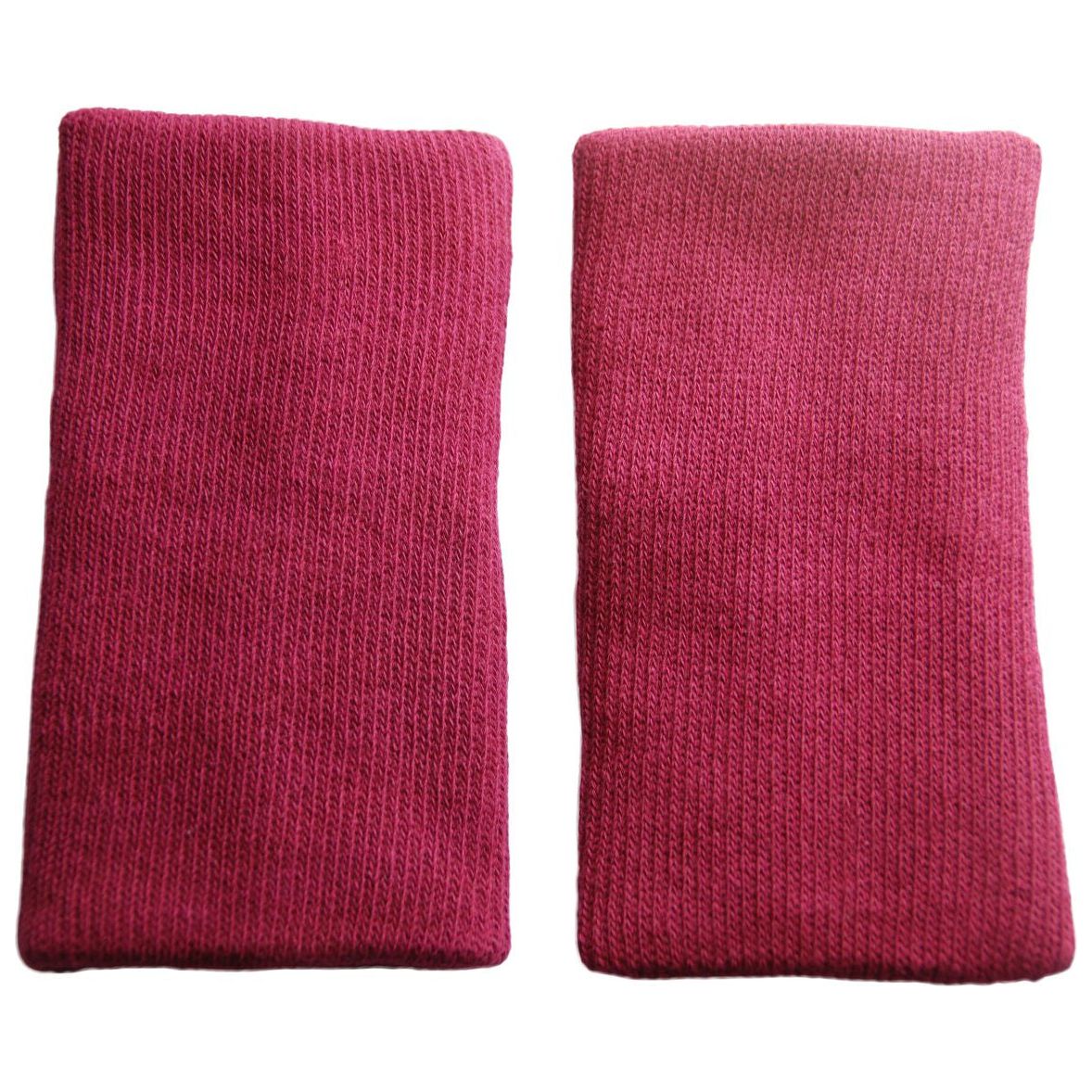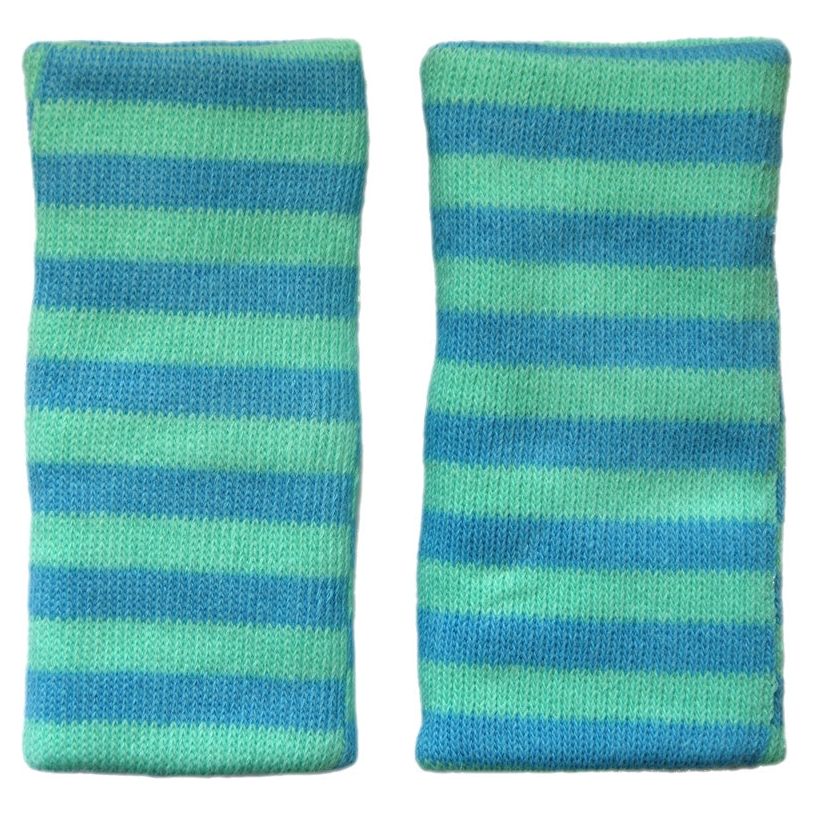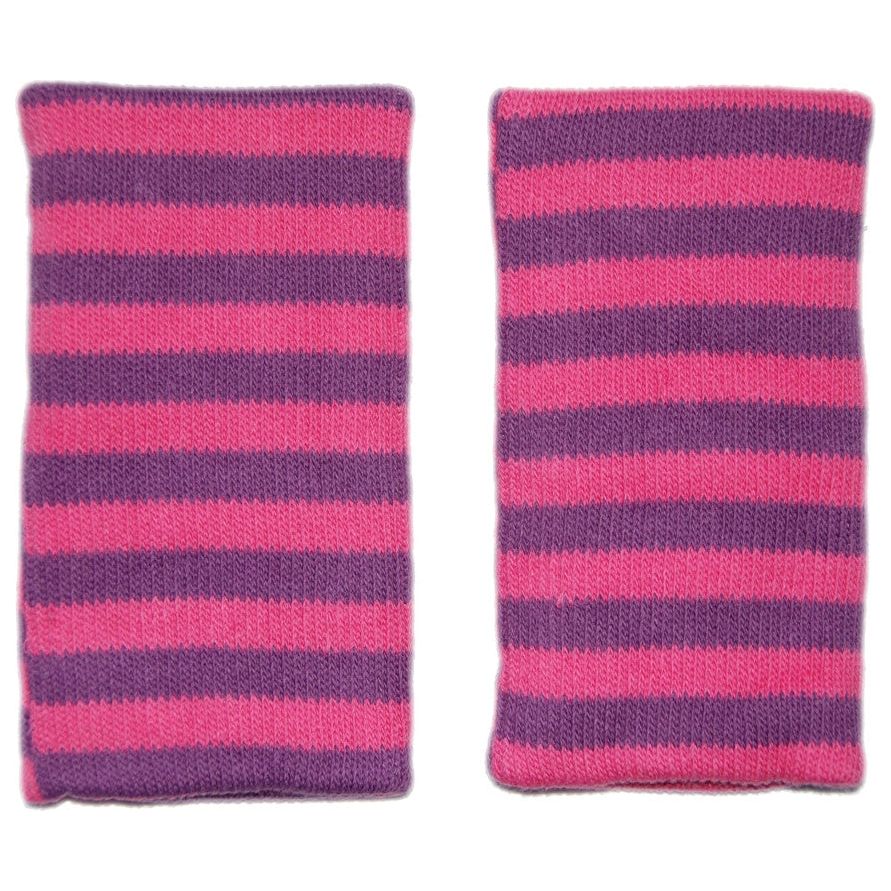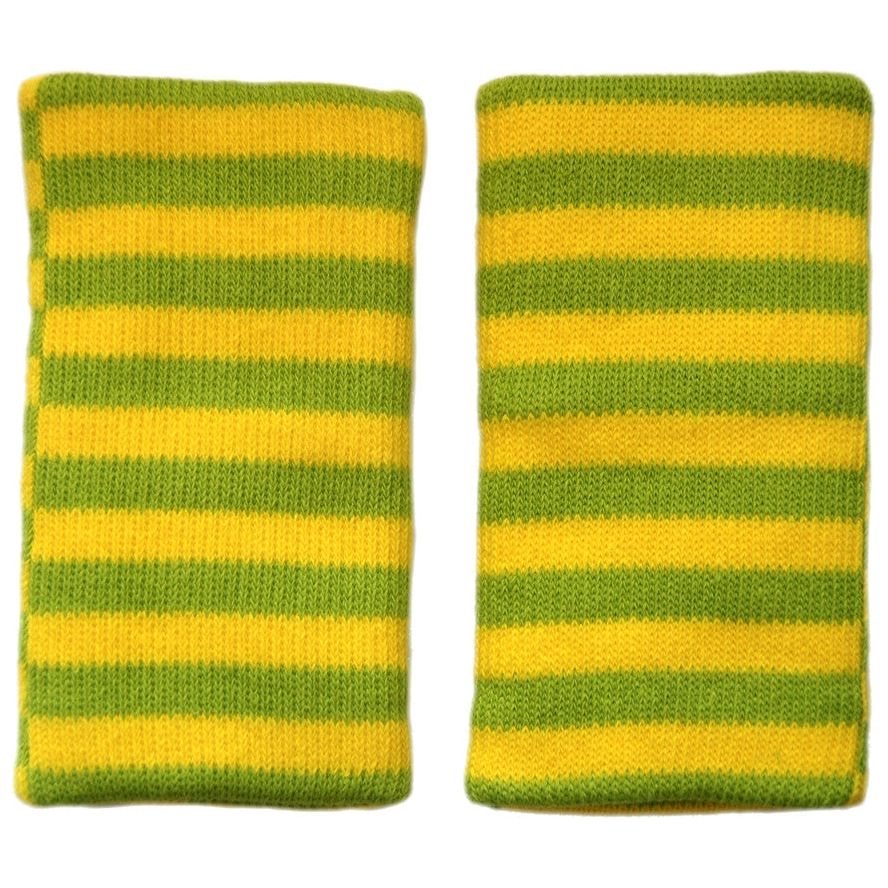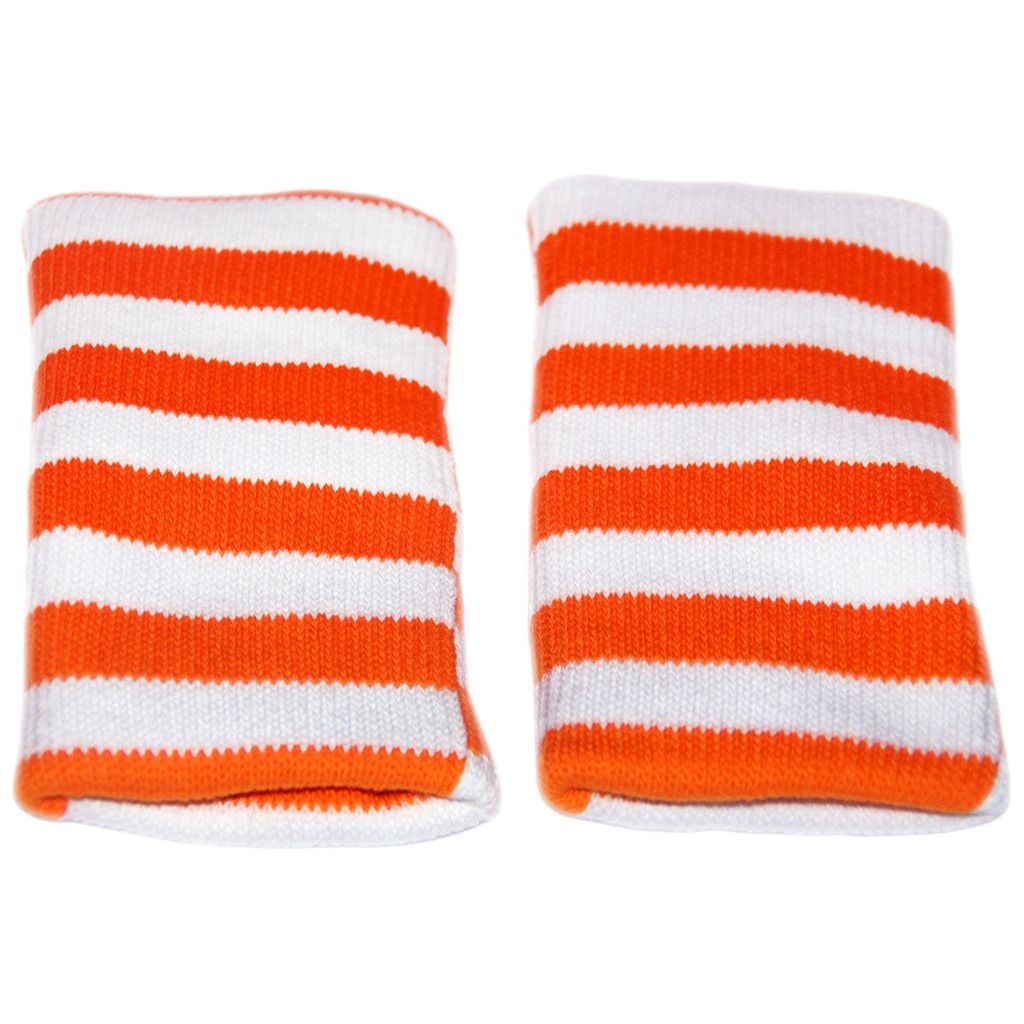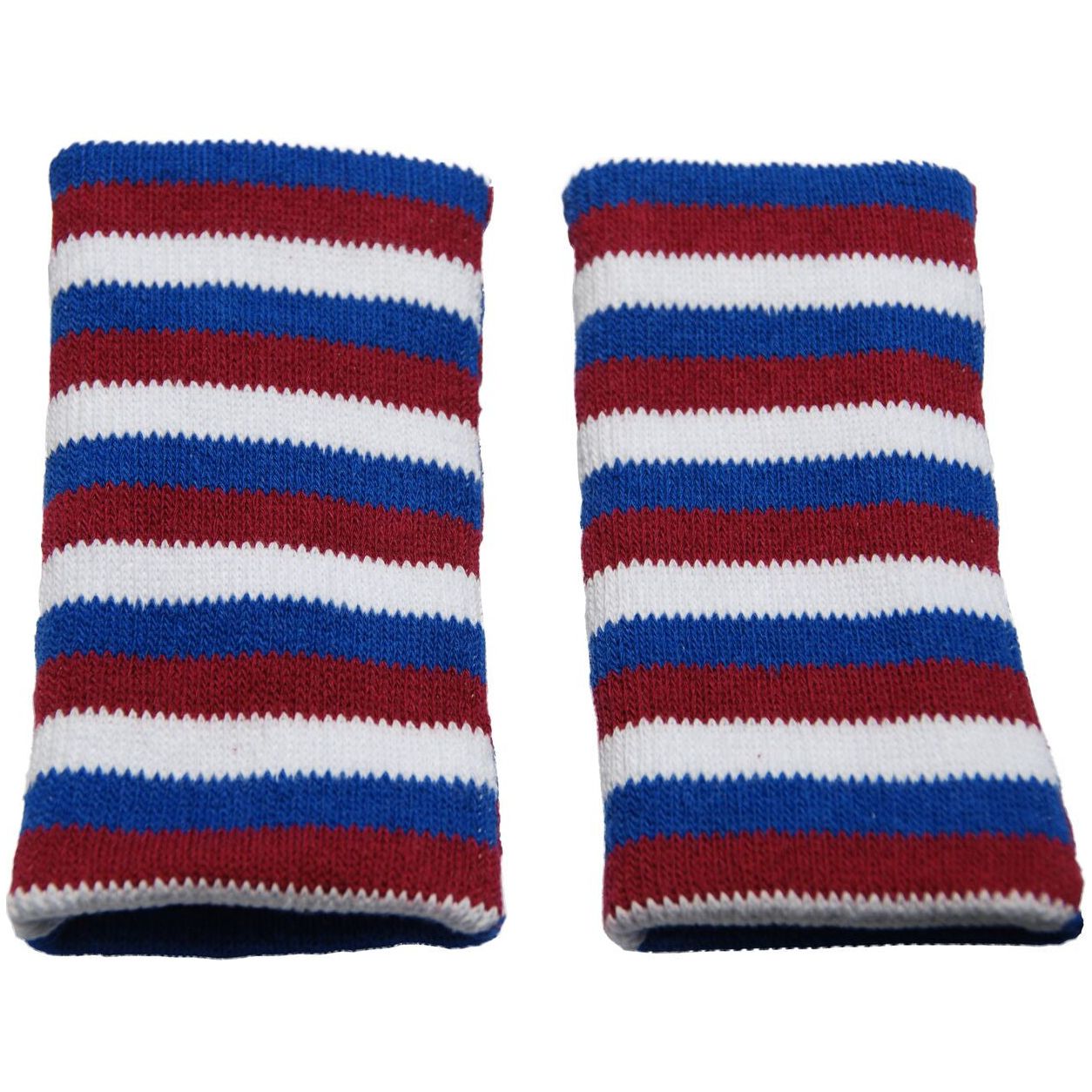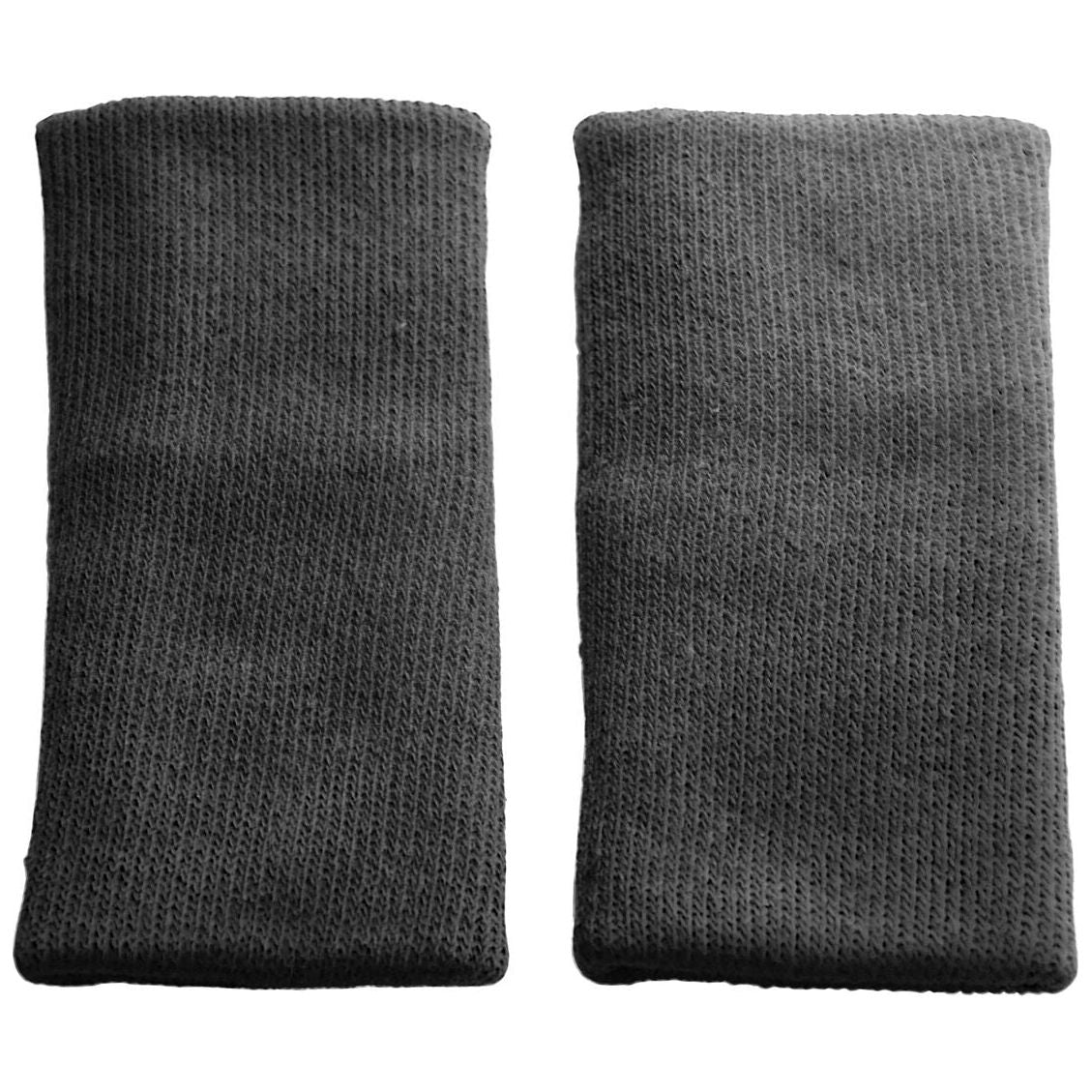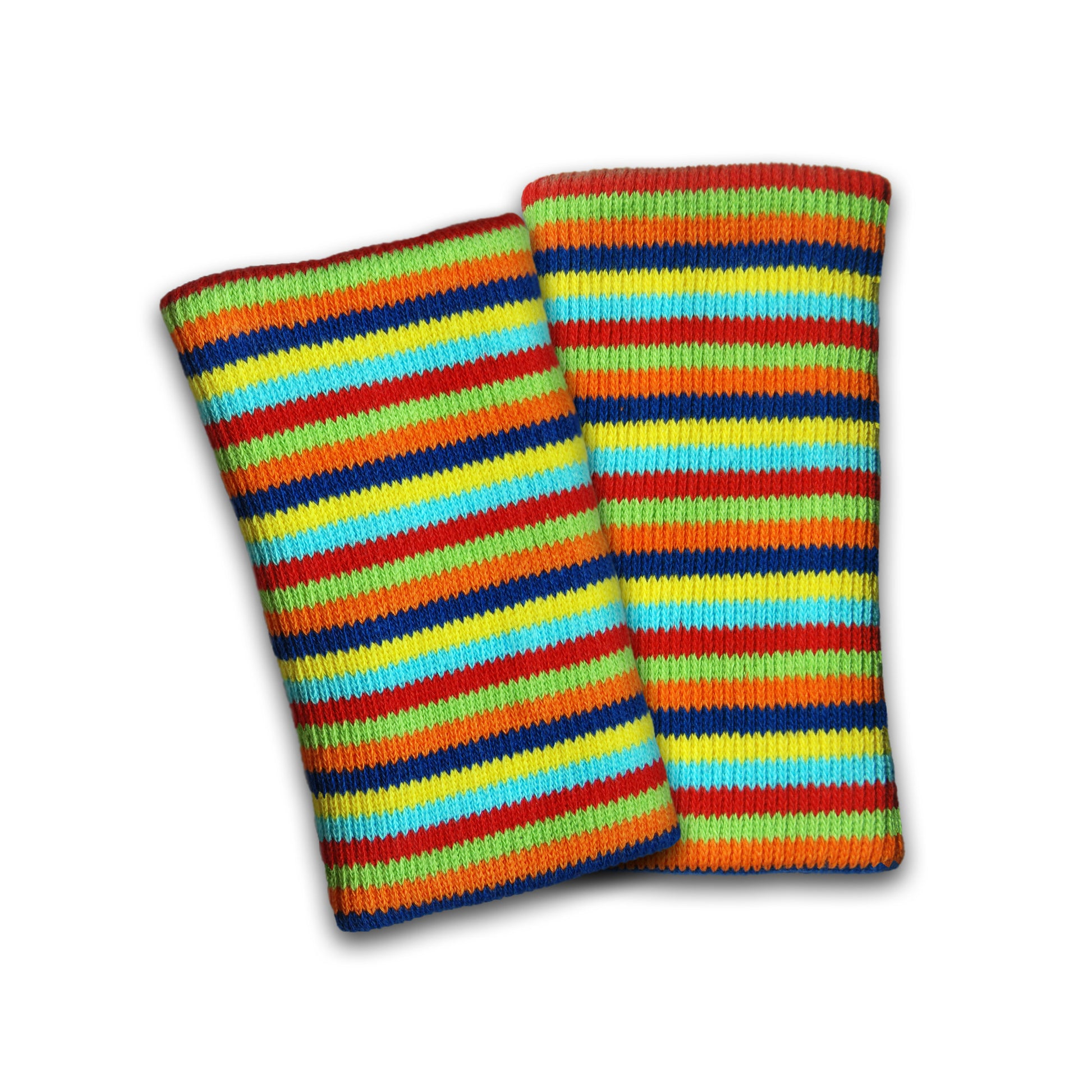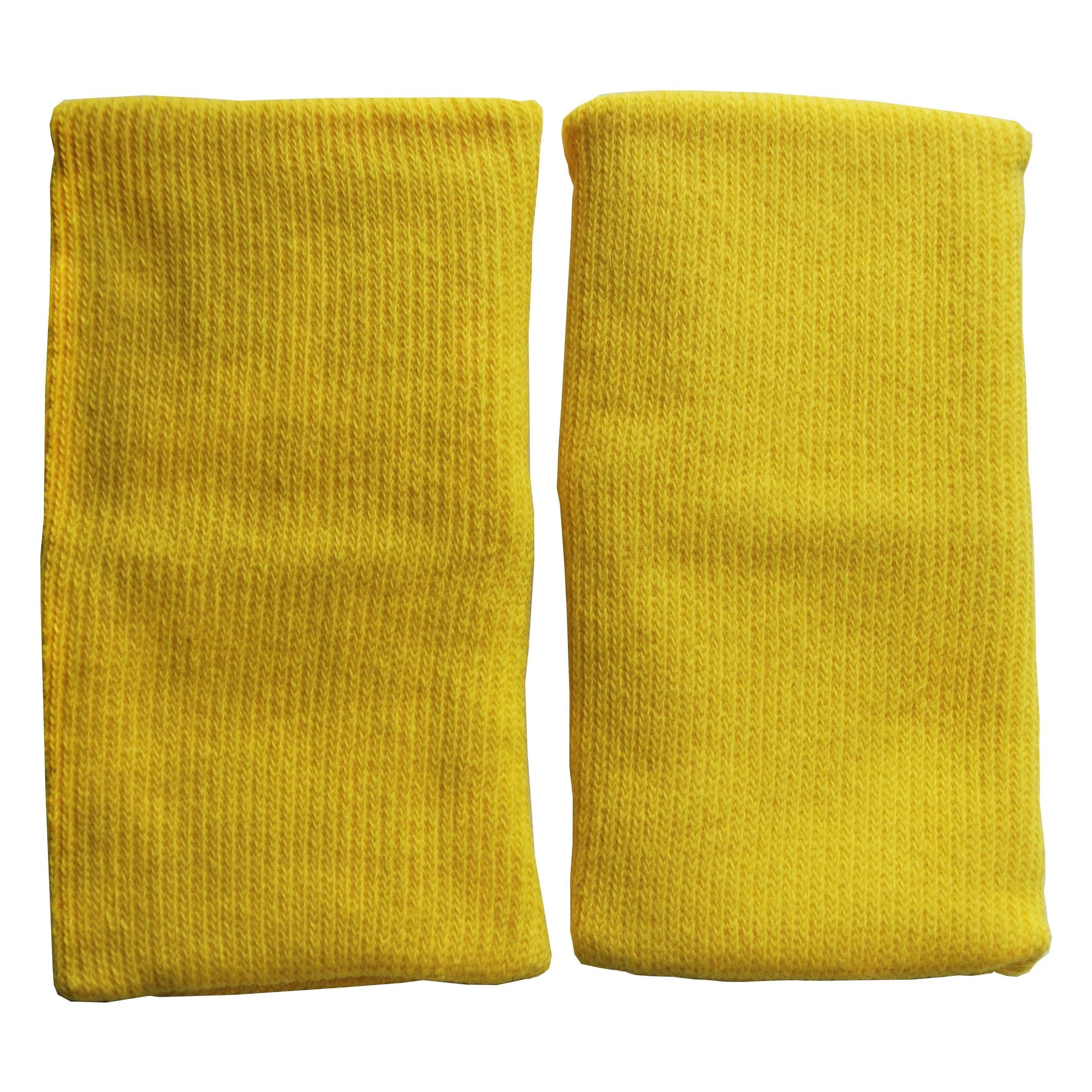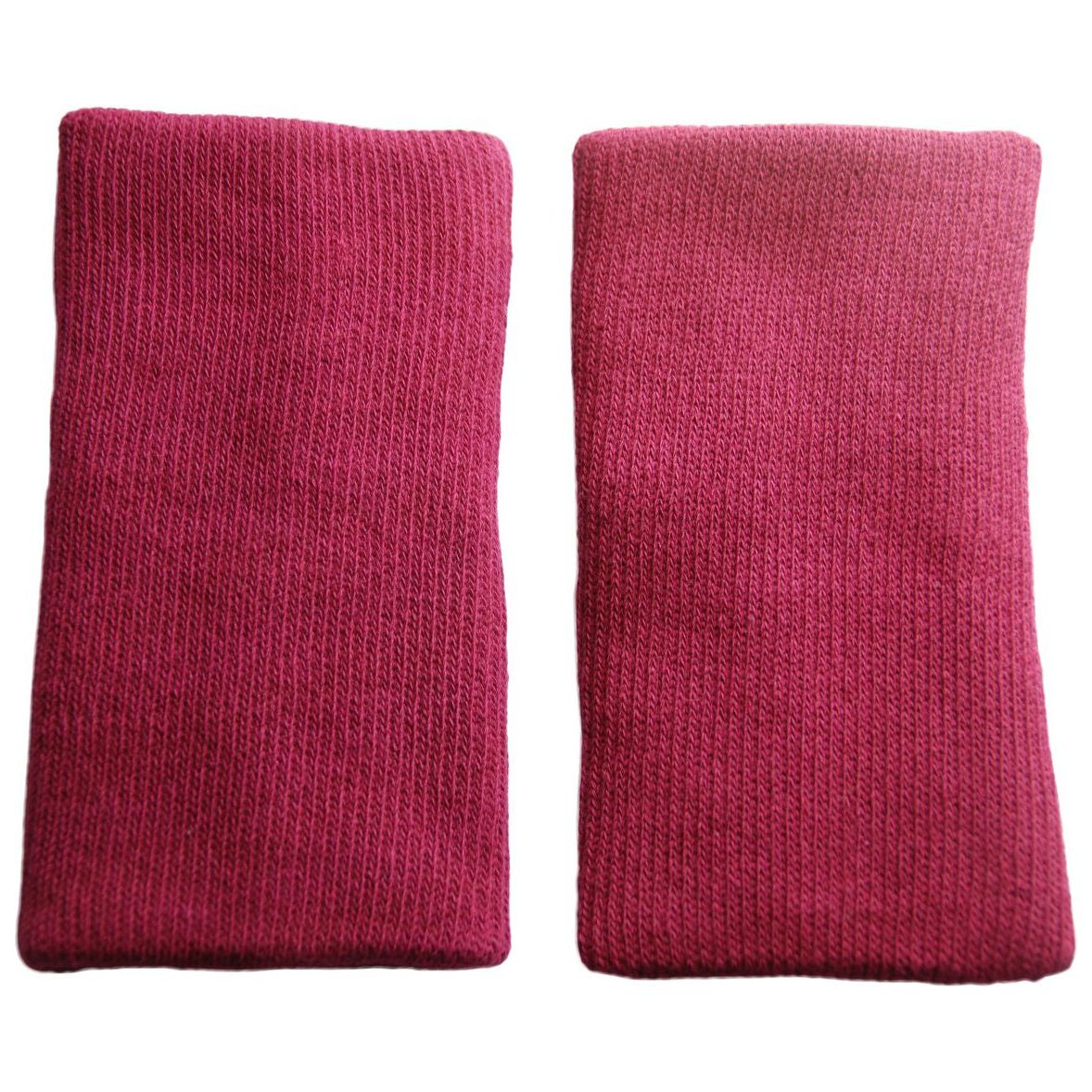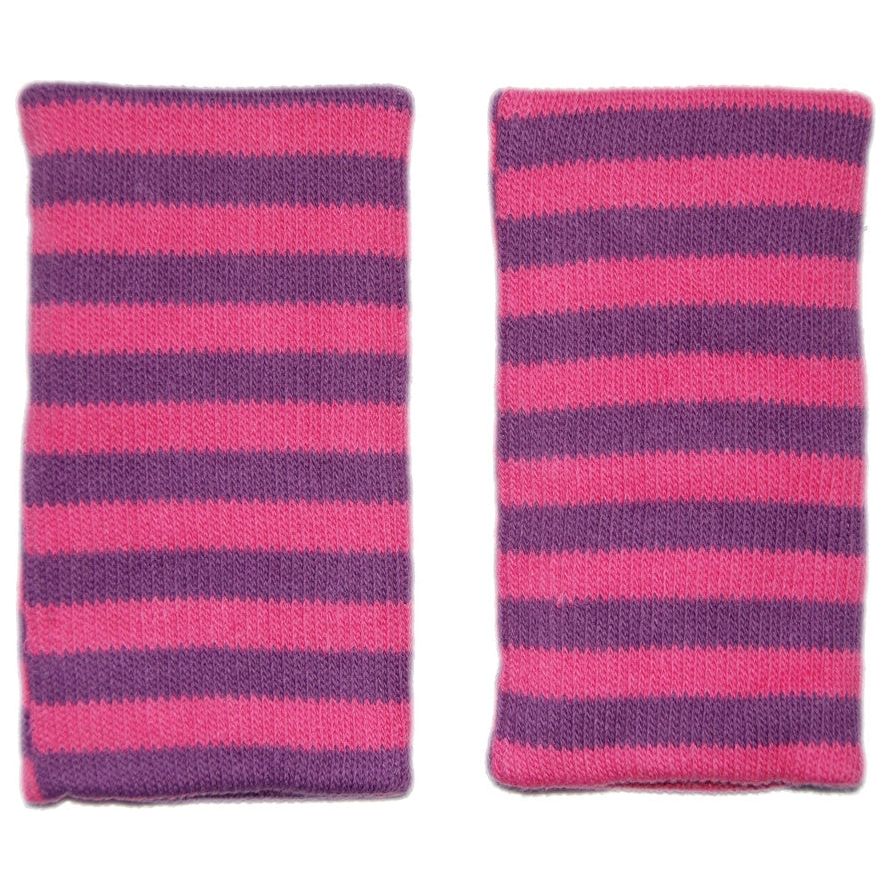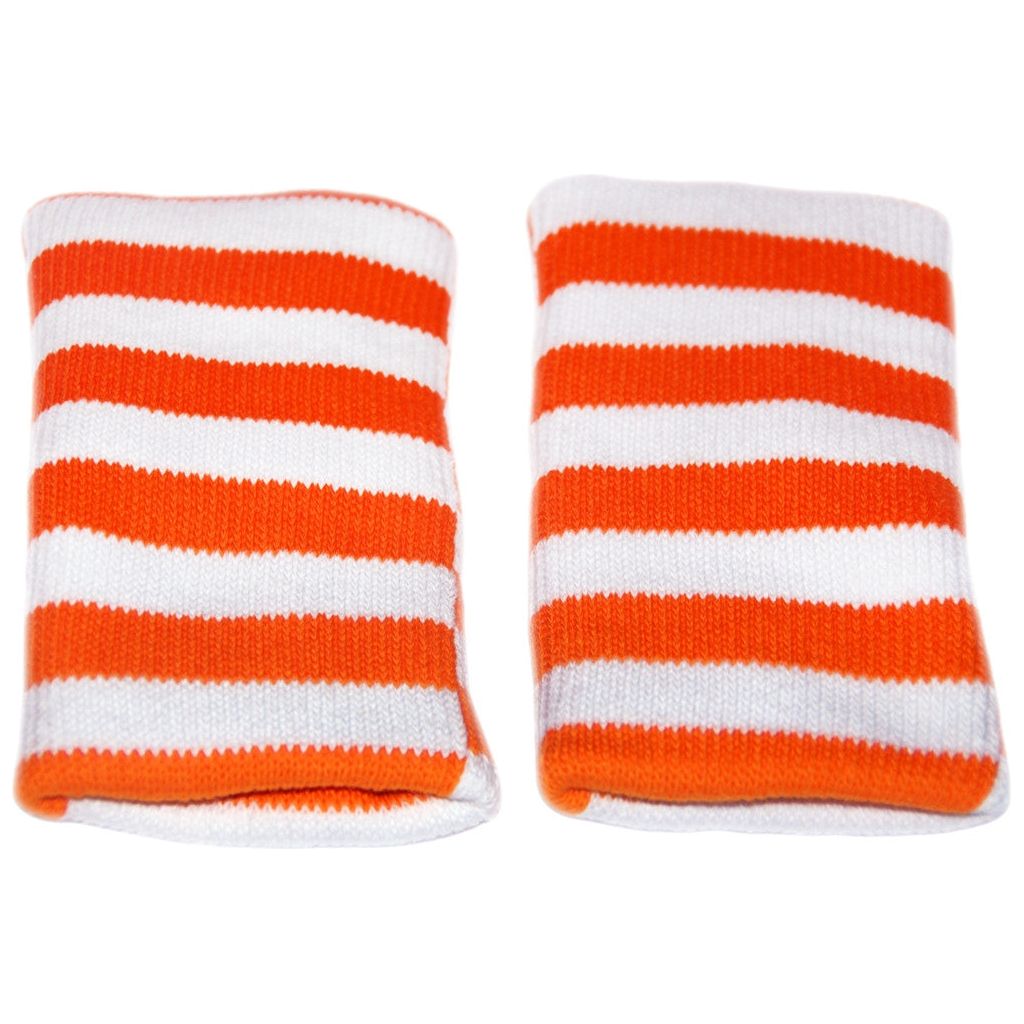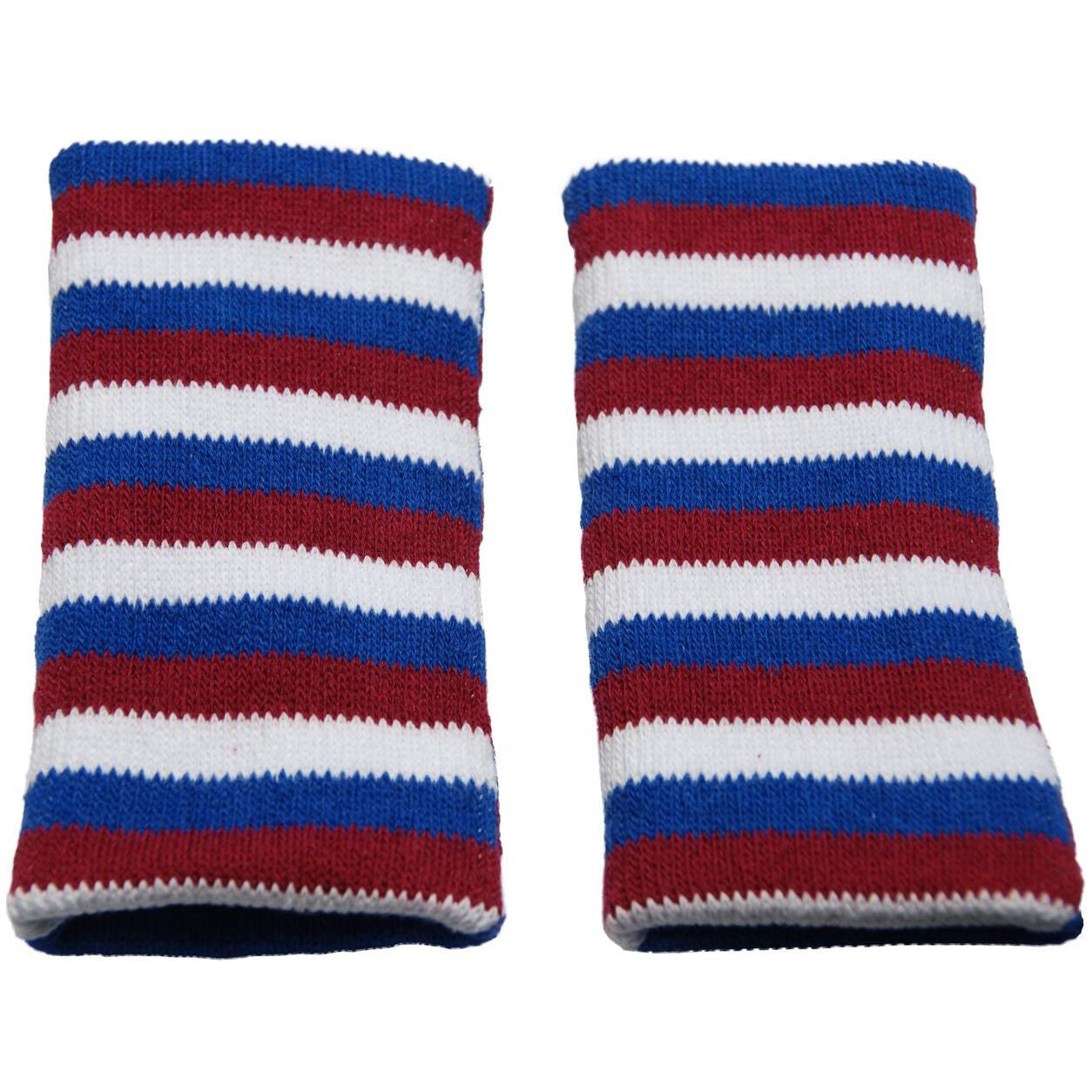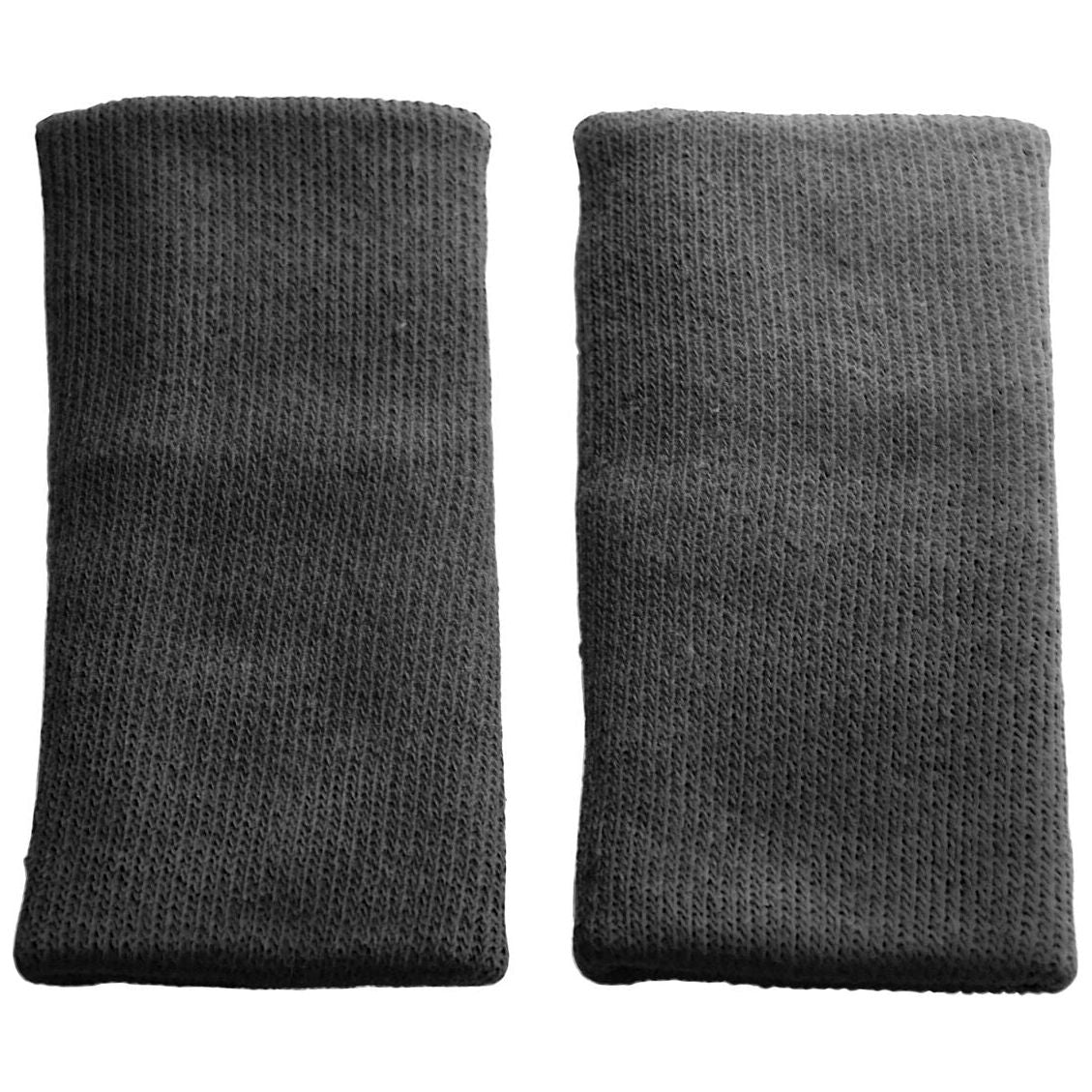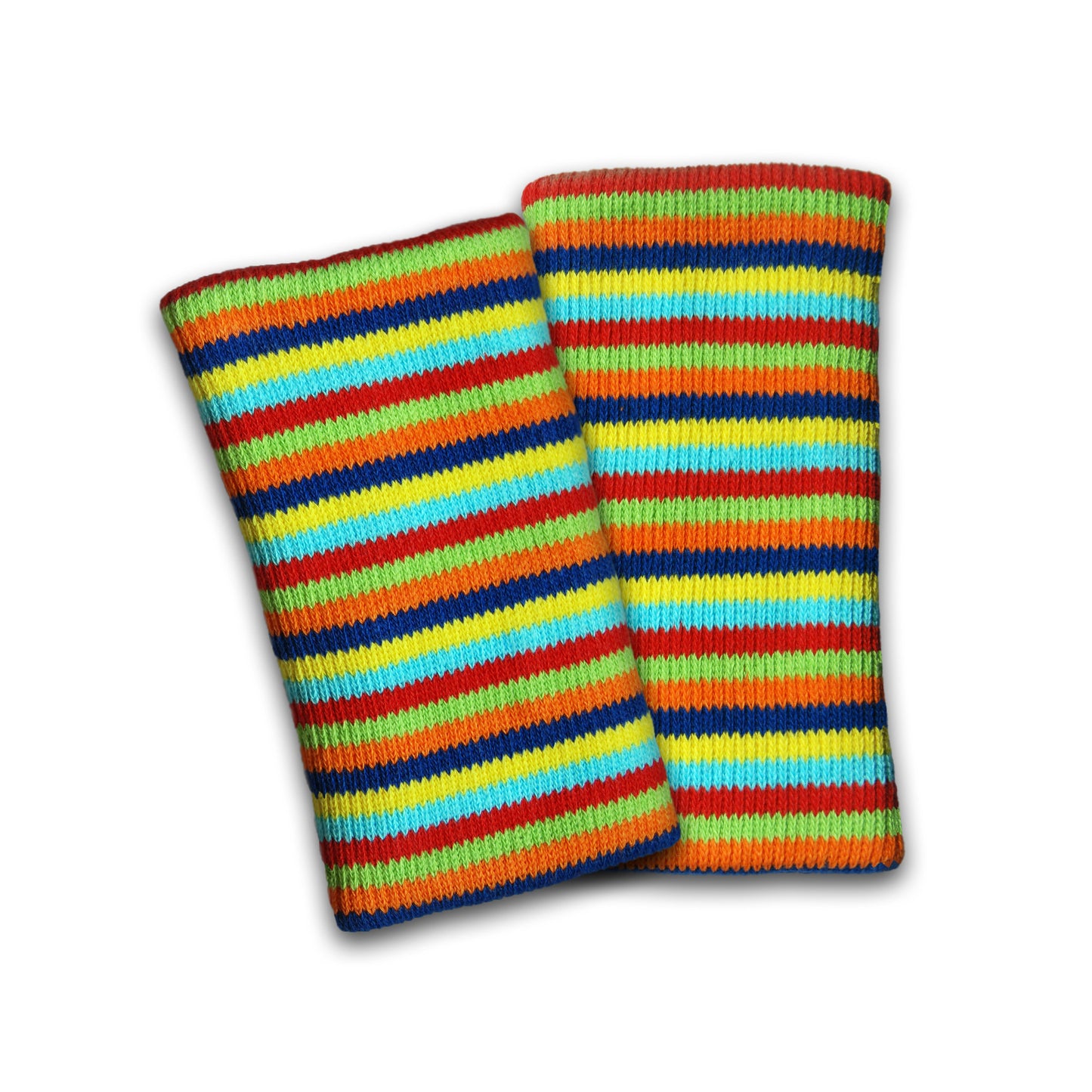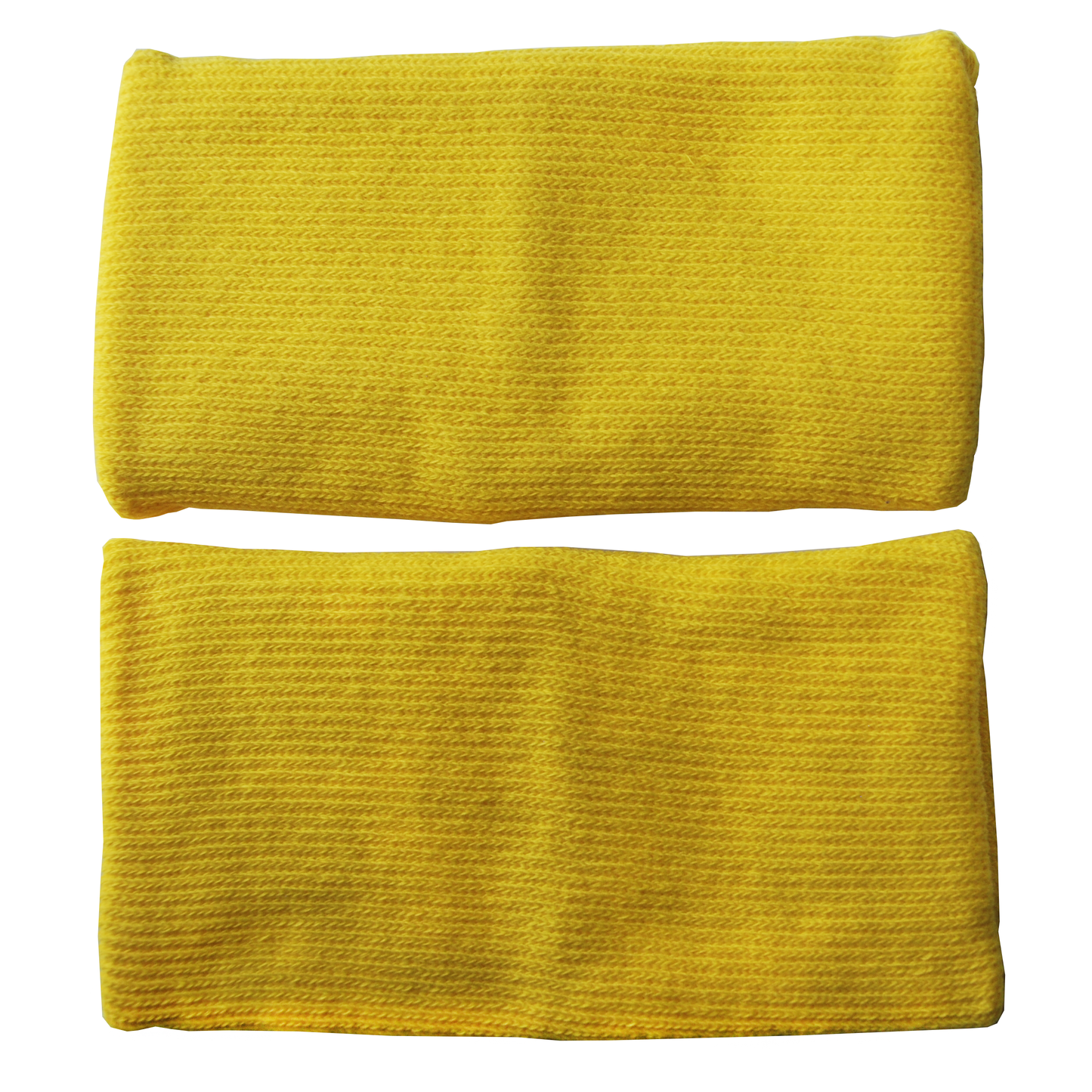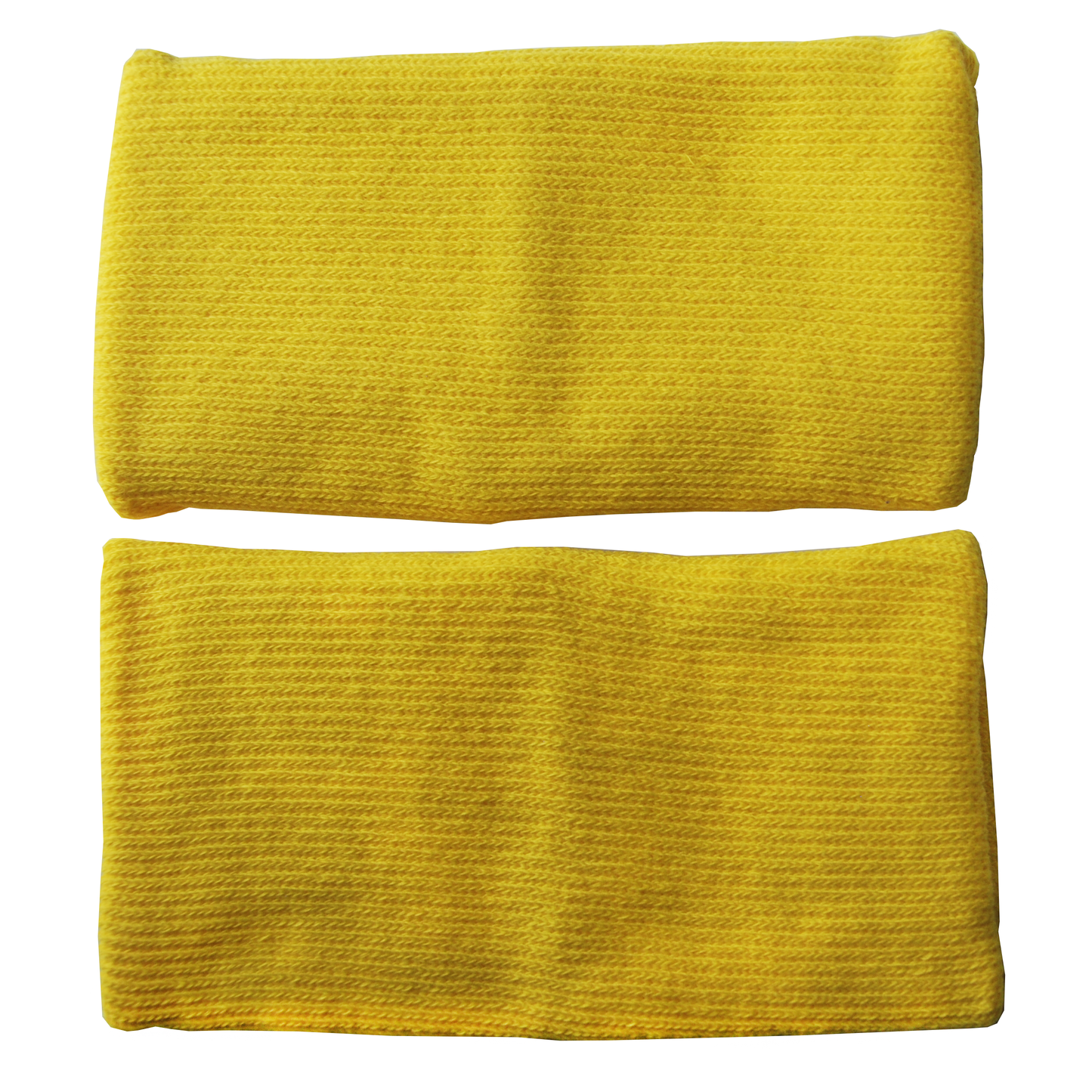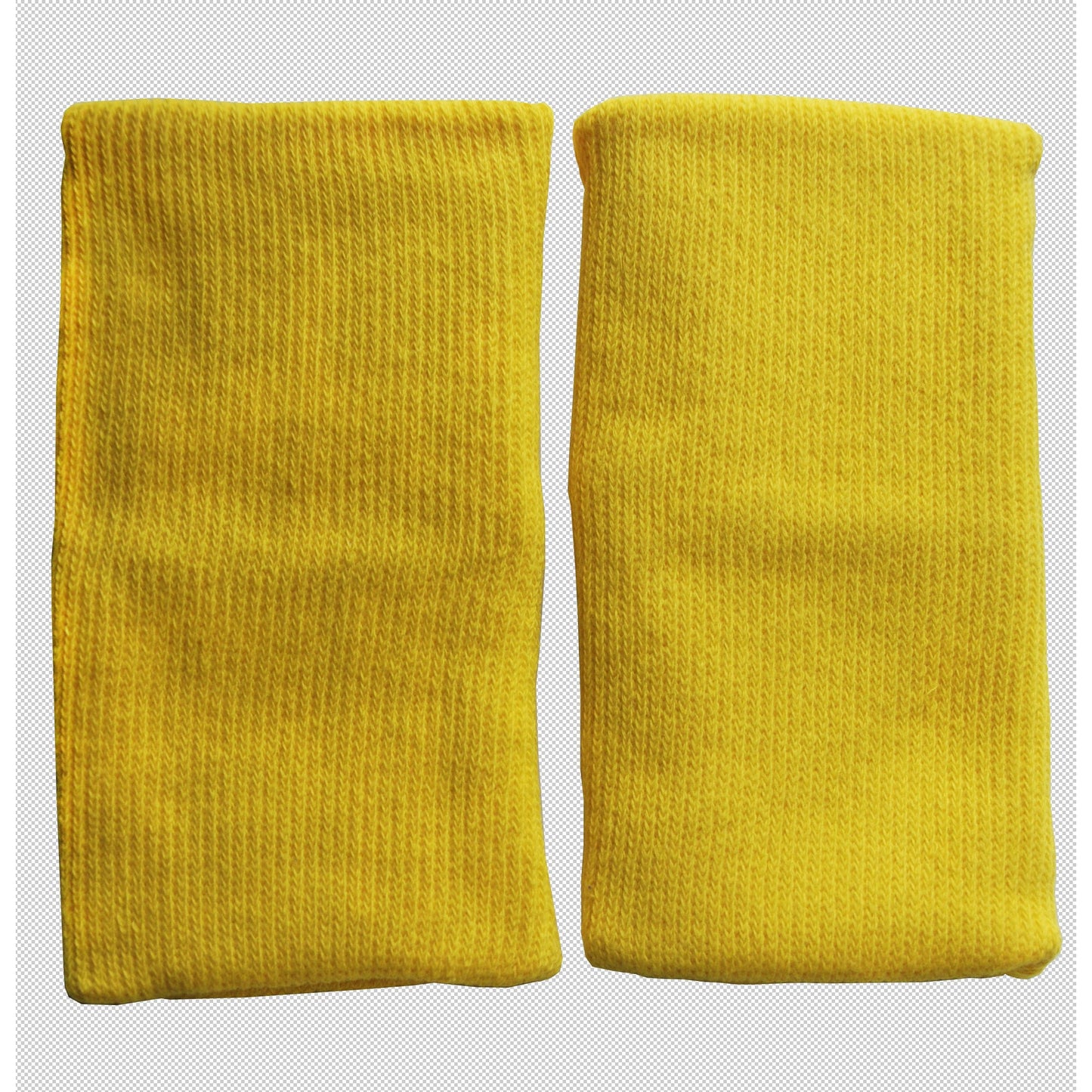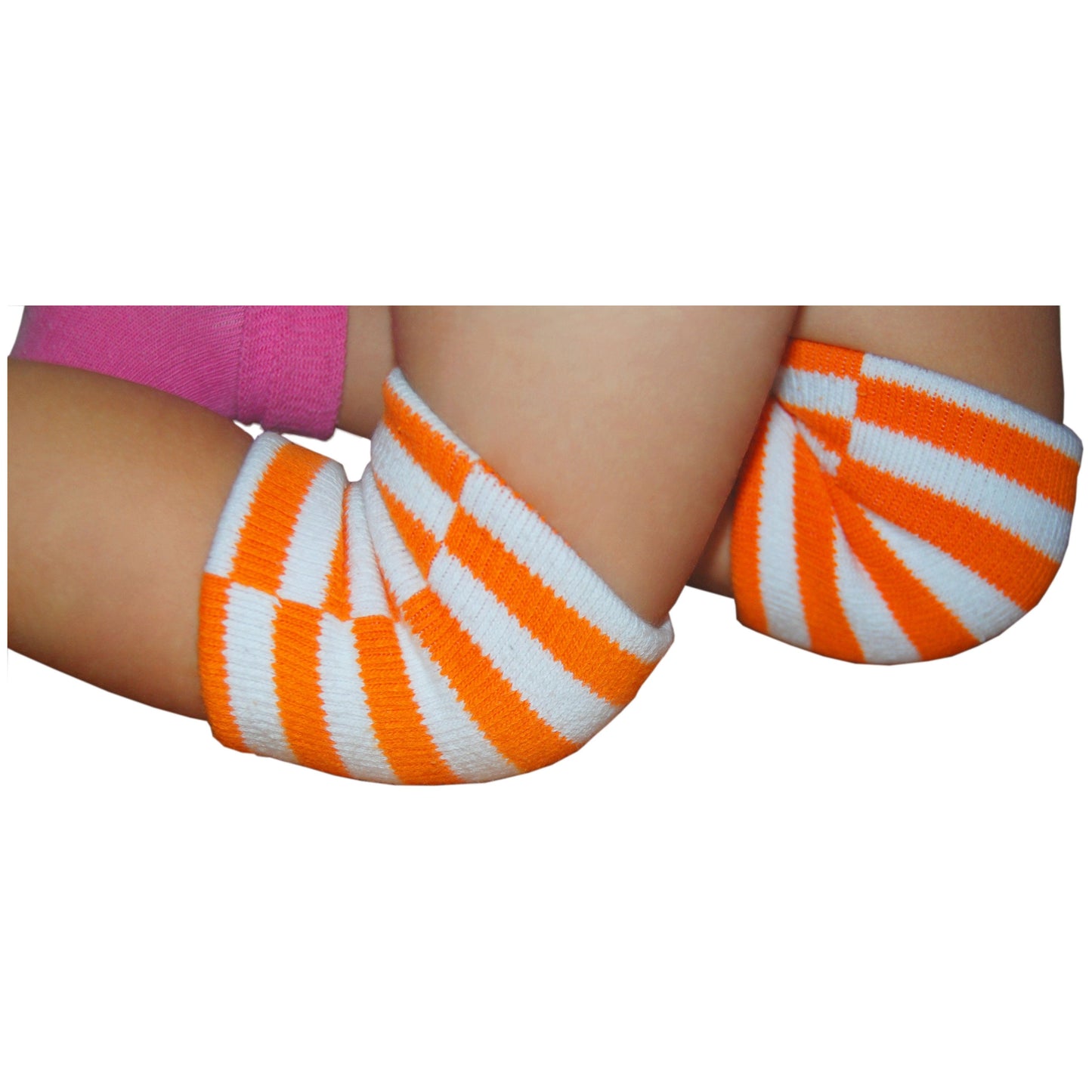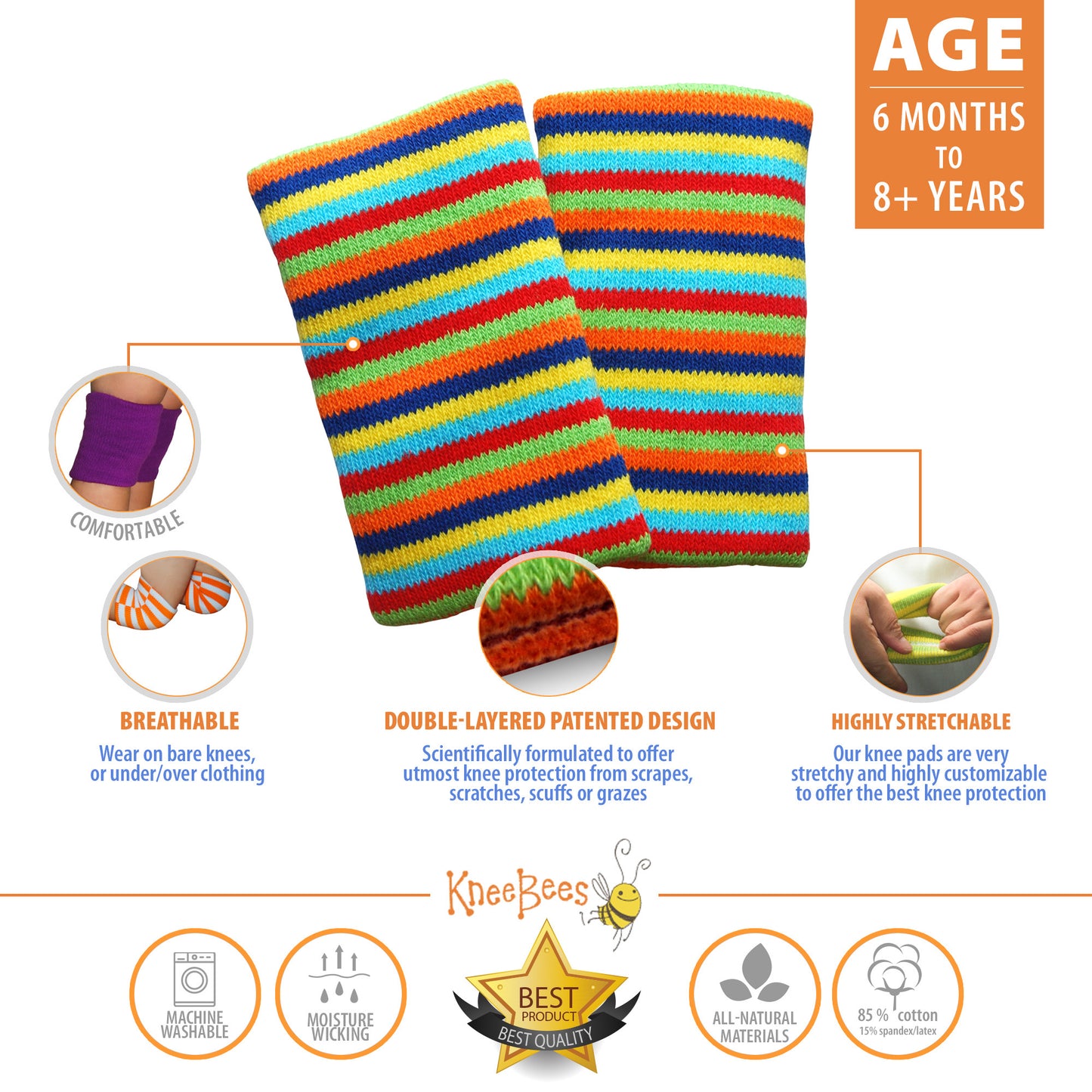Useful Information Regarding Sunscreen From Environmental Working Group
Share
We took this information directly from Environmental Working Group (http://www.ewg.org/2013sunscreen/9-surprising-facts-about-sunscreen/). We sincerely hope it helps, since its summer and everyone will be outdoors, especially our children.
"9 Surprising Facts About Sunscreen
Do you depend on sunscreen for skin protection? Millions of Americans do, but they shouldn’t. Melanoma rates are increasing. The consensus among scientists is that sunscreens alone cannot reverse this trend. Yet a good sunscreen can play role in preventing sunburns that are a major risk factor for melanoma – provided you use it correctly.
1. FDA’s sunscreen rules have changed but products haven’t improved.
The federal Food and Drug Administration put new sunscreen rules into effect last December, but they have had little impact on the sunscreen market and could actually make things worse for consumers. FDA’s rules allow most sunscreens to claim they offer “broad spectrum” skin protection and also that they can reduce skin cancer risk. However, EWG’s assessment of 750 beach and sport sunscreens on the market this year spotted significant problems.
2. There’s no proof that sunscreens prevent most skin cancer.
Rates of melanoma – the most deadly form of skin cancer – have tripled over the past 35 years. Most scientists and public health agencies – including the FDA itself – have found very little evidence that sunscreen prevents most types of skin cancer.
3. Don’t be fooled by high SPF
High-SPF products tempt people to apply too little sunscreen and stay in the sun too long. The FDA has proposed prohibiting the sale of sunscreens with SPF values greater than 50+, calling higher SPF values “inherently misleading,” but it has not issued a regulation that carries the force of law. One in seven sunscreens advertises SPF values greater than 50+, so get the most bang for your hard-earned buck. Use EWG’s Sunscreen Guide to zero in on better products.
4. The common sunscreen additive vitamin A may speed development of skin cancer.
The sunscreen industry adds a form of vitamin A to nearly one-quarter of all sunscreens.
Retinyl palmitate is an anti-oxidant that slows skin aging. But federal studies indicate that it may speed the development of skin tumors and lesions when applied to skin in the presence of sunlight. EWG recommends that consumers avoid sunscreens, lip products and skin lotions containing vitamin A, often labeled “retinyl palmitate” or “retinol.”
5. European consumers can get better sunscreens.
European sunscreens offer superior protection from skin-damaging UVA rays. In Europe, sunscreen makers can formulate their products with any of seven chemicals that filter UVA rays. American manufacturers can use only three UVA-filtering ingredients. They have been waiting seven years for FDA approval to use Europe’s better filters. Until the FDA approves these ingredients and lifts restrictions on combining certain active ingredients, American consumers will be hard-pressed to find sunscreens with the strongest level of UVA protection.
6. Sunscreen does not protect skin from all types of sun damage.
The sun’s ultraviolet radiation generates free radicals that damage DNA and skin cells, accelerate skin aging and may cause skin cancer. American sunscreens can reduce these damages, but not as effectively as they prevent sunburn. Consumers can run into problems if they pick a sunscreen with poor UVA protection, apply too little or reapply it infrequently. The FDA should strengthen its regulations to ensure that sunscreens offer better protection from skin damage.
7. Some sunscreen ingredients disrupt hormones and cause skin allergies.
The ideal sunscreen would completely block UV rays that cause sunburn, immune suppression and damaging free radicals. It would remain effective on the skin for several hours. It would not form harmful ingredients when degraded by sunlight. It would smell and feel pleasant so that people would use more of it.
No sunscreen meets these goals. Americans must choose between “chemical” sunscreens, which have inferior stability, penetrate the skin and may disrupt the body’s hormone system, and “mineral” sunscreens, made with zinc and titanium, often “micronized” or containing nano-particles.
8. Mineral sunscreens contain nano-particles.
Most zinc oxide and titanium dioxide-based sunscreens contain nano-particles a twentieth the width of a human hair. These help reduce or eliminate the chalky white tint that these minerals used to leave on the skin. Based on the available information, EWG gives a favorable rating to mineral sunscreens, but the FDA should restrict the use of unstable or UV-reactive forms of minerals that would lessen skin protection.
9. If you avoid sun, check your vitamin D levels.
Sunshine serves a critical function in the body that sunscreen appears to inhibit — producing vitamin D. The hormone is enormously important. It strengthens bones and the immune system and reduces the risk of breast, colon, kidney and ovarian cancers, and perhaps other disorders.
About one-fourth of Americans have borderline low levels of vitamin D, and 8 percent have a serious deficiency. Breast-fed infants, people with darker skin and people who have limited sun exposure are at greatest risk. Many people can’t or shouldn't rely on the sun for vitamin D. Check with your doctor to see if you should get a vitamin D test or take seasonal or year-round supplements."

